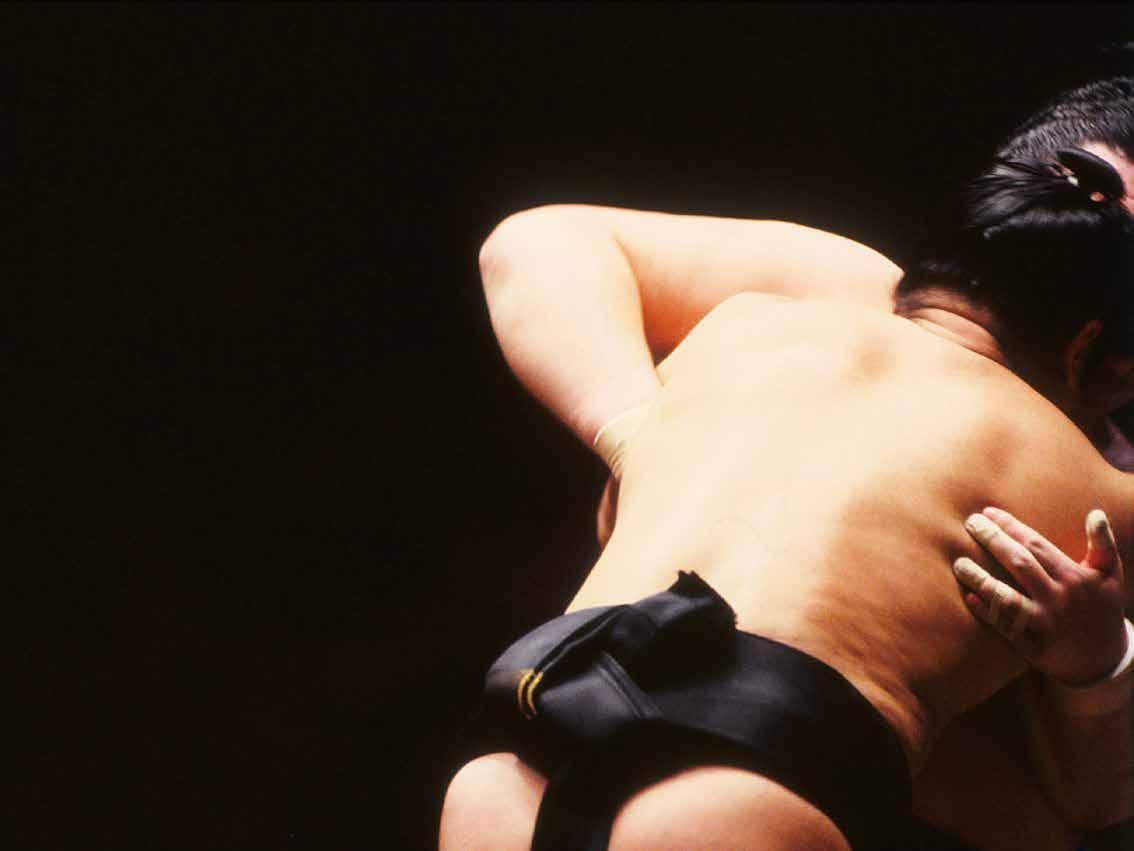How sushi became fast food Takeo Funabiki explores the smelly origins of Japan’s global culinary delight
I
IMAGE: CHARLY/PIXTA
n part one of this article, published in the last issue of Time Out Tokyo, I wrote that ‘sushi lives and dies by its ingredients’. My hope is that fishermen will try to refine their palates in order to create their own form of sushi, instead of attempting to recreate the ‘Edo style’. The fermented roots of sushi In fact, what is commonly called sushi these days, i.e. Edomae sushi, is a recent phenomenon in the history of sushi: it only appeared in the latter part of the Edo period (early 19th century) as a convenient form of fast food. Until then, ‘sushi’ referred to fermented fish and game, which had been buried in a mixture of salt and cooked rice (and, in some cases, sake lees and koji mould) and left to ferment for months or even years. The rice component was originally a fermentation agent and was not to be eaten. To understand the origins of Edomae sushi, one has to look into the social history of fermented food. Consumables like wine, liquor, cheese, miso and gyosho fish sauce are all core components of their respective food cultures. Proper fermentation requires a high level of skill as it involves stabilising the chemical decay process of food just before it goes bad. Mastering this
technique allowed people to create new, ‘artificial’ tastes, which do not occur naturally. The high value accorded to such food and drink is reflected in how strongly people identify with the fermented food they have been eating since childhood, considering it an indispensable part of their culture, while outsiders dismiss it as ‘smelly’ and unpleasant. Japanese natto is a perfect example: like many foreigners, people in the western parts of the country may even find it disgusting, while easterners never stop singing its praises.
as a city: following the large-scale urban development that started around the year 1600, its population eventually grew to one million, creating a huge concentration of people living far away from their families’ homes. Over hundreds of years, a culinary culture specific to Edo came into being, as rootless urbanites abandoned the distinct, divisive flavours of narezushi in favour of something anyone could enjoy right away: the brisk taste of vinegared rice paired with freshly caught raw fish – Edo’s signature fast food, nigiri (handformed) sushi. The reason sushi came to be appreciated overseas some 200 years after its Edo transformation is because that’s how long it took for the rest of the world to catch up with Tokyo’s rootless, busy modernity. Sushi’s worldwide success story most likely began in California, where the sensibilities of a global, mobile and busy population proved compatible with the ideals of Edo modernity – although the fact that sushi was considered diet-friendly also helped. Now, readers who think ‘modernity’ came from the West may find my thinking a little curious, but I maintain that modernity ought
Tokyo gave birth to modernity in aspects like cuisine two centuries ago
Edo’s modern fast food In the same way, sushi was originally region-specific, and only became a ‘mainstream’ food as the result of two developments. The first was the invention of vinegar. Itself a fermented product, vinegar could be mixed into rice to instantly create ‘fermented rice’. The beauty of vinegar was that it fulfilled many people’s longstanding desire to eat at least a little bit of the narezushi rice, which had been a little too smelly in the past. The second factor relates to the nature of Edo
not to be understood as a linear historical process, popping up in a specific place and then proceeding from there. Instead, it is a number of systems brought about by new needs created when specific technologies combine with specific populations. In this sense, the city of Edo (Tokyo) gave birth to modernity in aspects like cuisine two centuries ago. Sushi comes full circle Finally, although its current simple, clean taste and use of only a few ingredients suggest that sushi has now left the domain of fermented food, some signs point to an opposite trend: first seen at high-end shops, an endless array of appetisers now precede the original fast food nigiri at practically every sushi-serving restaurant worth the name. Chefs dish up things like karasumi (dried mullet roe), konowata (sea cucumber entrails) and kuchiko (sea cucumber ovaries), all fermented delicacies, to complement the simplicity of the main attraction. Thus, sushi is perhaps about to come full circle: having originated as a fermented dish and then transformed into the fresh Edoera fast food we know today, it is slowly moving back towards its roots. Now that’s a thought worth raising a glass of sake to, of course while nibbling on shiokara (salted seafood guts) or some other fermented delicacy.
For your full, up-to-the-minute guide to Tokyo visit www.timeout.com/tokyo 81








